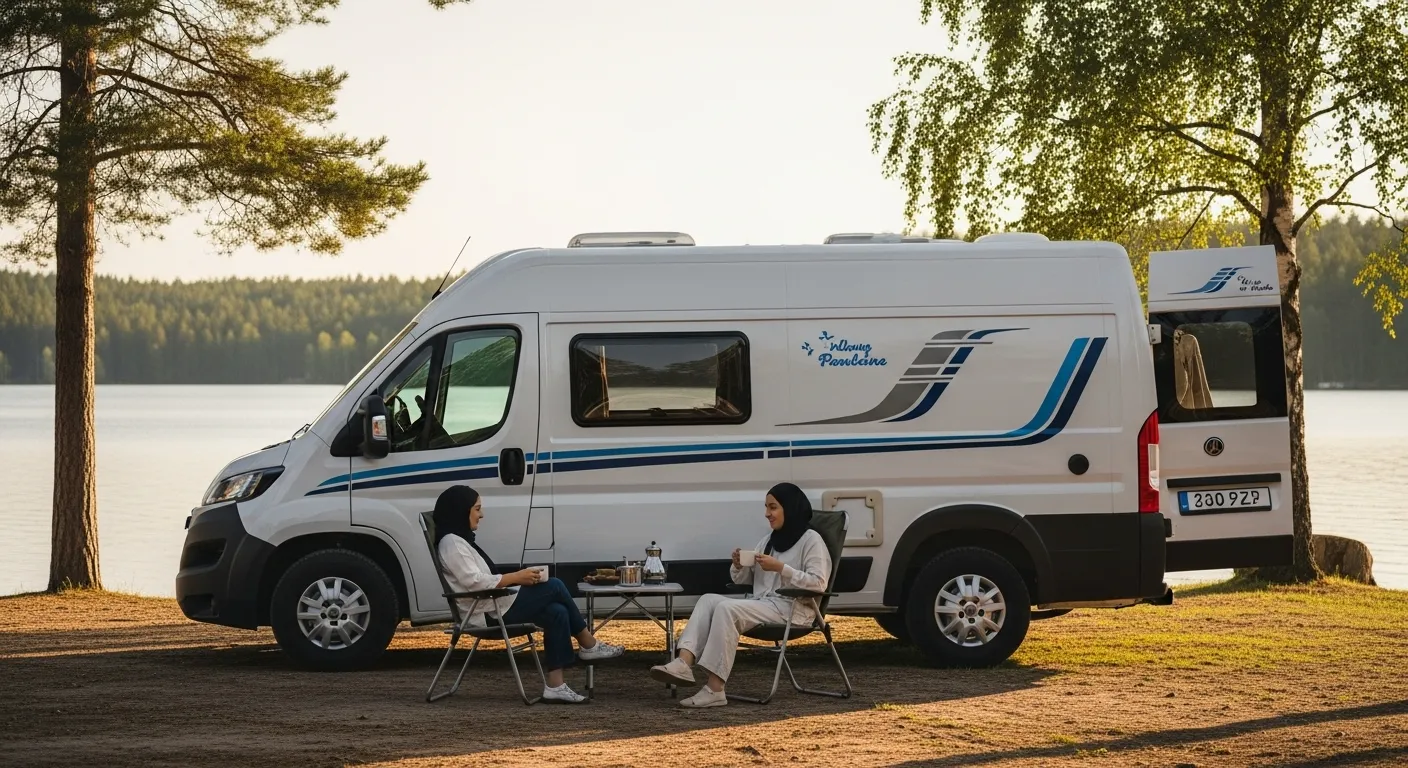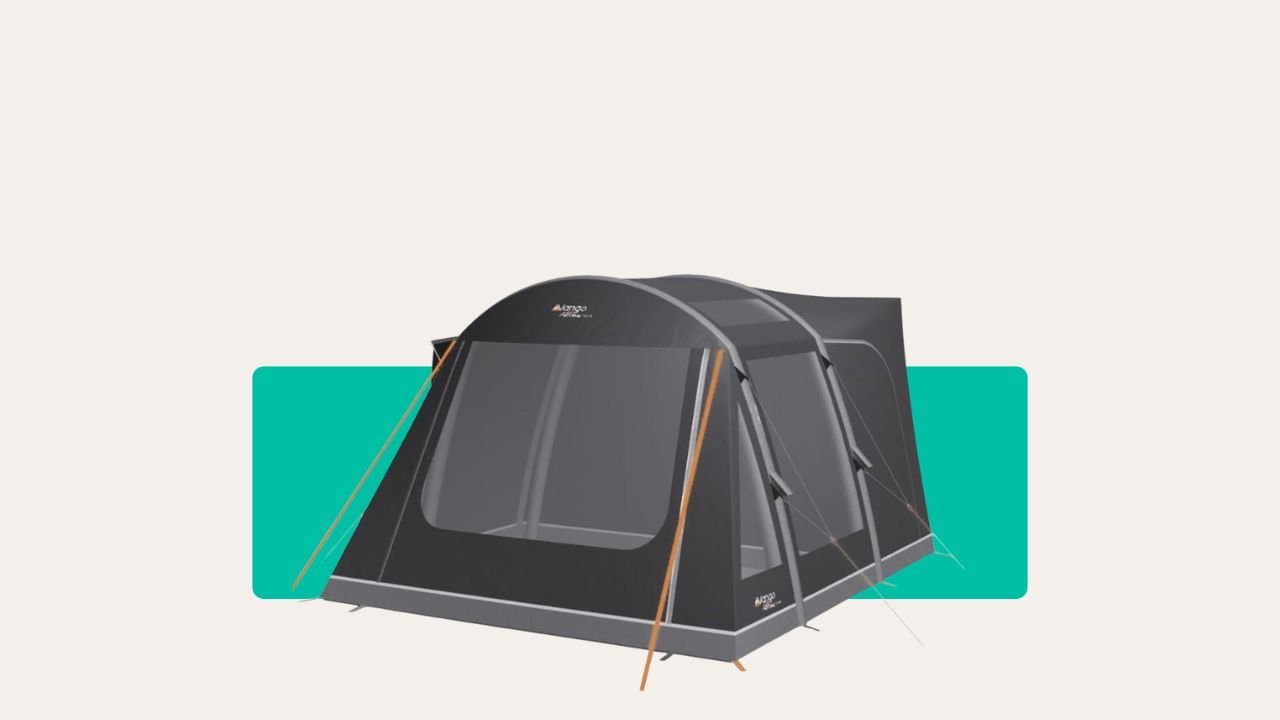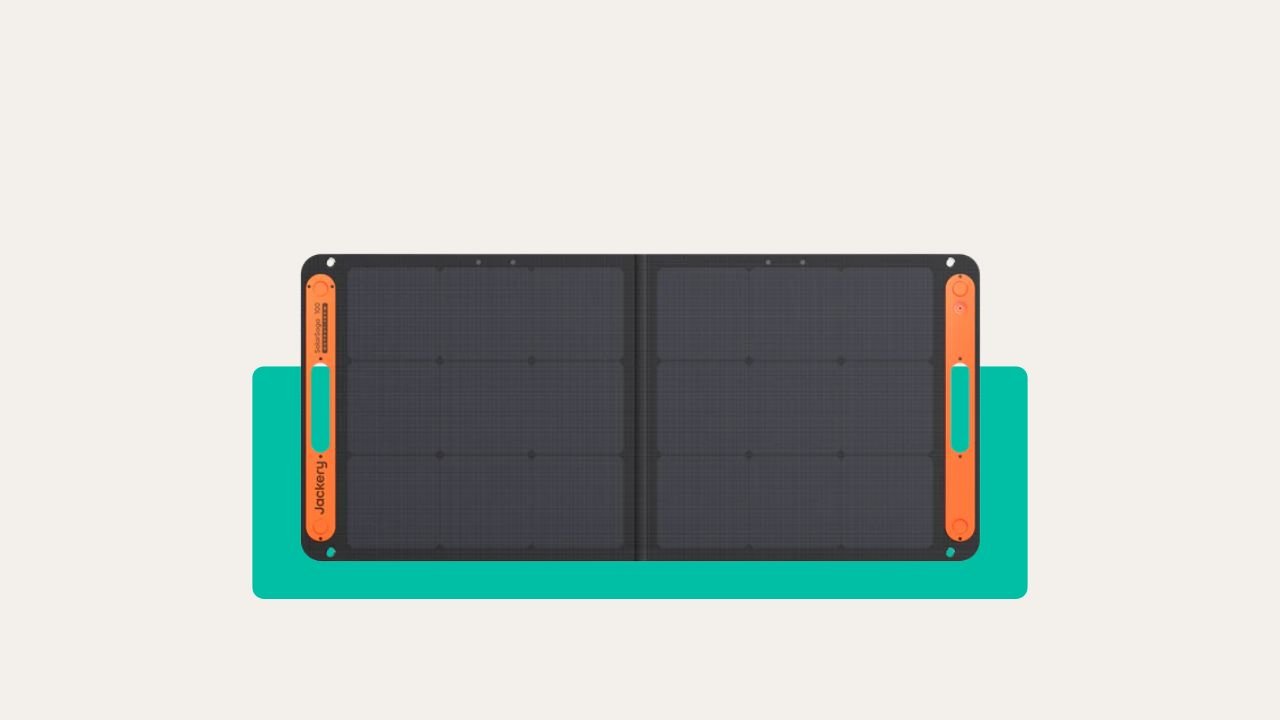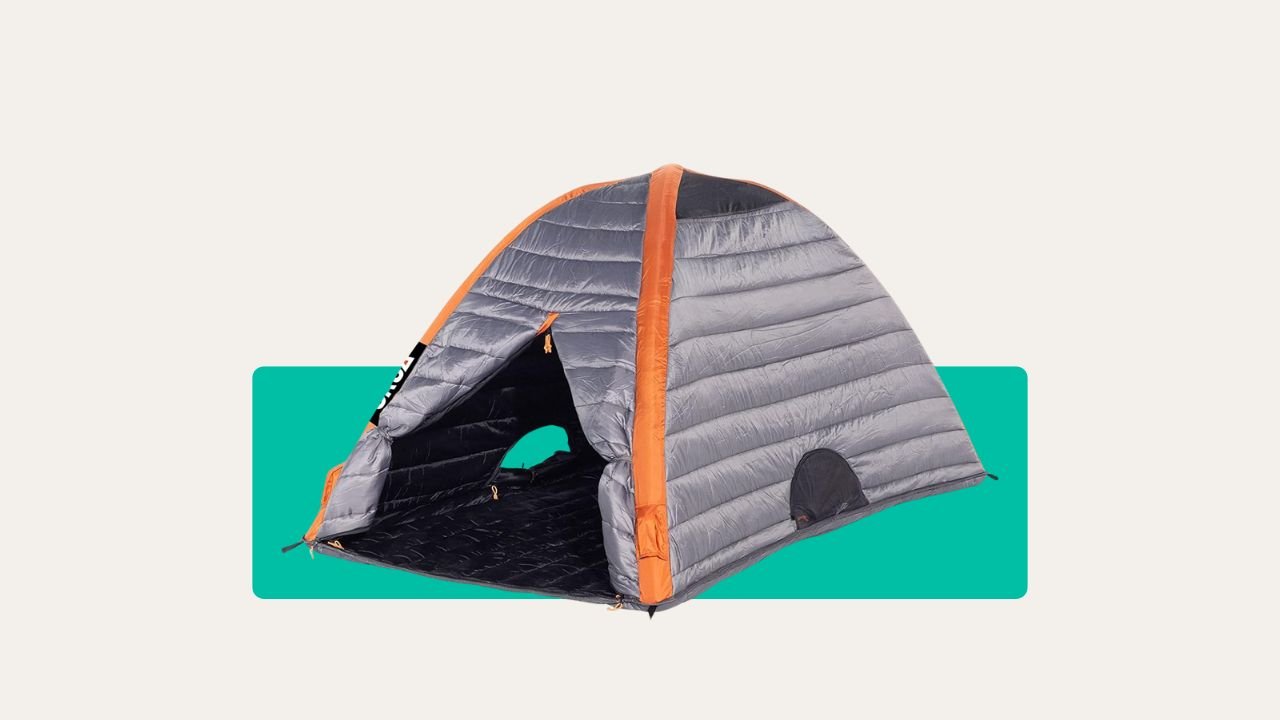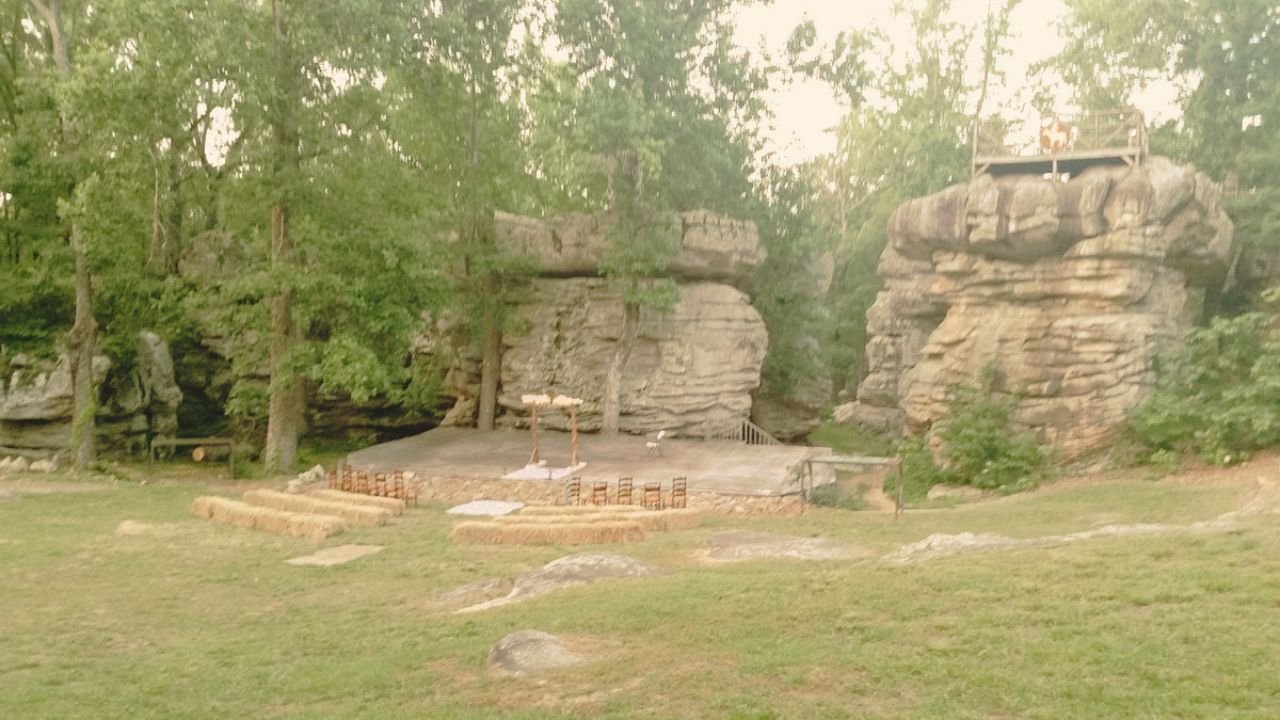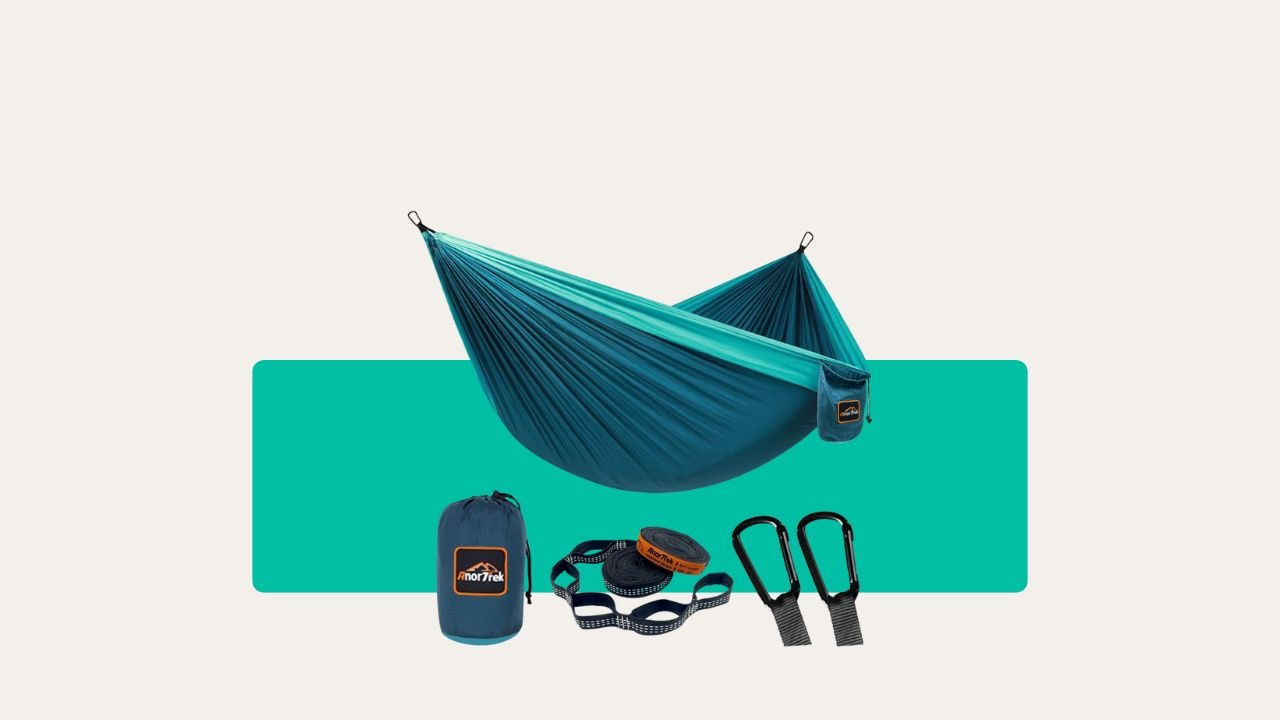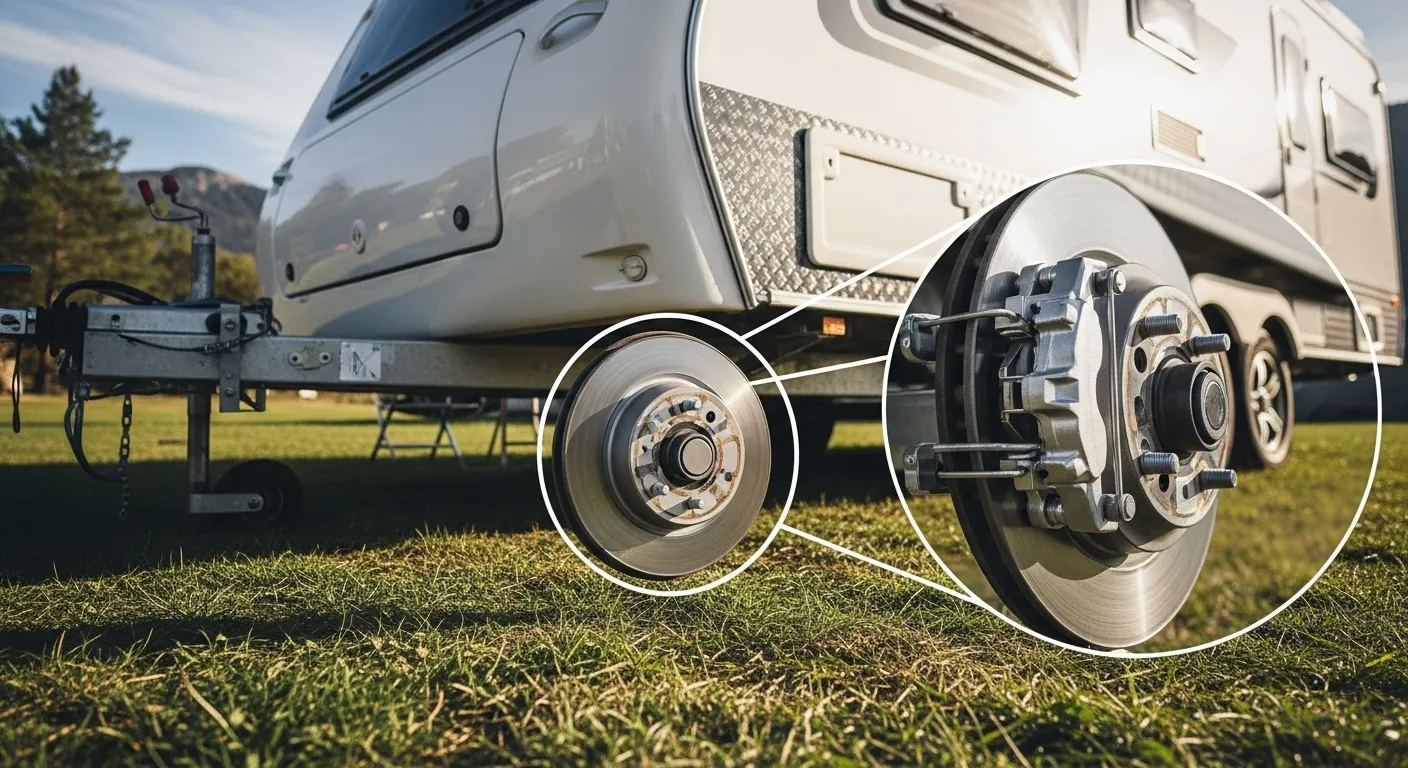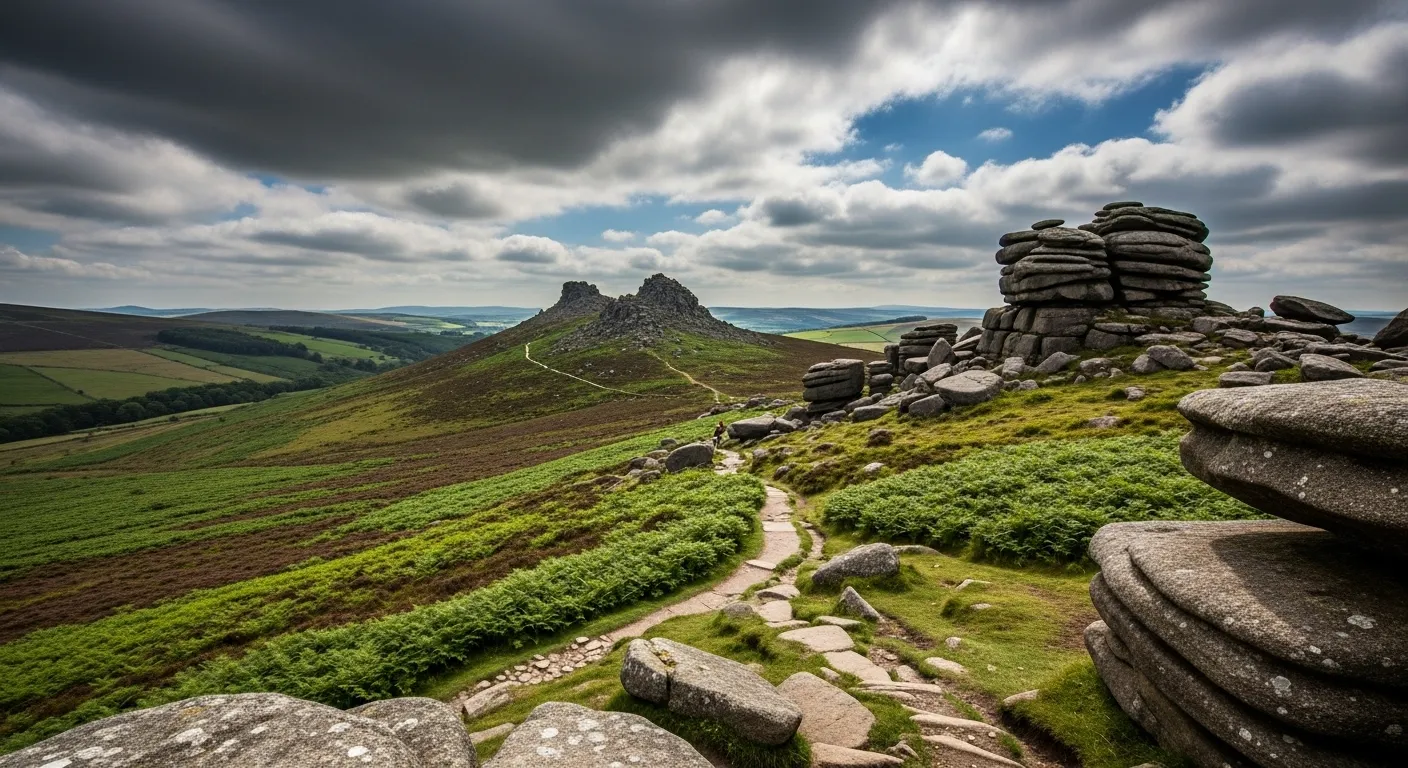Most people think you need to be some wild-eyed adventurer to mix camping with outdoor bouldering – but that’s just not true. In reality, sleeping under the stars and waking up right next to world-class climbing is one of the best hacks for any climber, beginner or seasoned.
If you’ve ever had to pack up your kit in the dark just to chase the last bit of dry rock, you’ll know the pain. I’ve done it in everything from Cornish drizzle to Utah’s blasting sun. I can tell you: nothing beats camping on-site, coffee in hand, eyeing up a fresh boulder problem at sunrise.
This guide is for climbers who want more time on the rock and less time in traffic. I’ll take you through the best camping-and-bouldering spots across the UK and the US. I will also share a few tips I’ve learnt the hard way – dodging midges, drying ropes over fires, and cursing forgotten chalk bags. Whether you’re new to the game or just looking for your next weekend hit, I’ve got you covered. Let’s get straight to the good stuff.
The Basics First: Pairing Camping with Bouldering
Let’s clear one thing up. You don’t need a palace of a tent or a six-person Yeti cooler to enjoy these trips. Most problems start when people overpack or bring gear designed for car camping a mile from their house. The trick is to stay as close to the boulders as possible, so you can maximise your climbing time and go back for that project after lunch.
Bouldering means you travel light – just climbing shoes, crash pads, a chalk bag, and maybe a brush. For camping, keep it basic: a reliable tent, a warm (not “just warm enough”) sleeping bag, and a stove that works in the wind.
I once thought I could get by in a “three-season” bag in late autumn at Joe’s Valley. I spent most of the night shivering and thinking about all the things I should have checked, including the weather.
Top US Camping and Outdoor Bouldering Spots
Here’s where it gets exciting. The US is loaded with spots where you can roll out of your tent and start climbing within minutes. I’m talking boulderfields you could lose whole weekends in, with all the tough moves and perfect top-outs you could want.
Horse Pens 40, Alabama
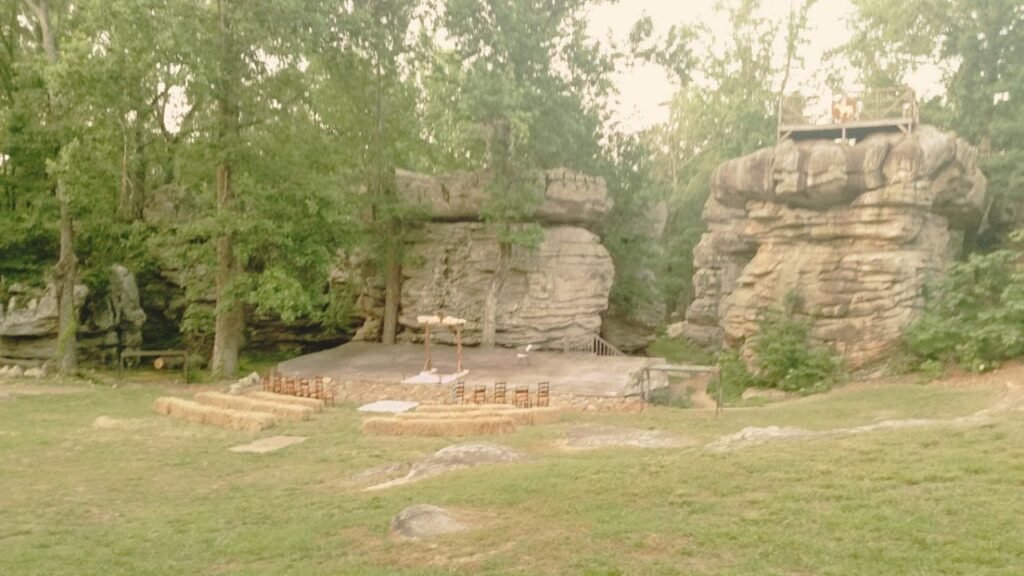
If you want sandstone that feels like someone built it just for climbers, Horse Pens 40 is the spot. It’s a mix of slabby slabs and rounded slopers that’ll spit you off if you’re cocky. You get nearly 500 problems, all packed with variety – from easy circuits for warming up to the classic millipede-style lines. The God Module isn’t for the faint-hearted, but there’s something here at every grade.
Camping is simple: there’s a proper site right beside the boulders. You can cook, crash, and wake up ready for “just one more send.” I’ve seen beginners smash out first V3s here and old hands get humbled by the texture.
Joe’s Valley, Utah
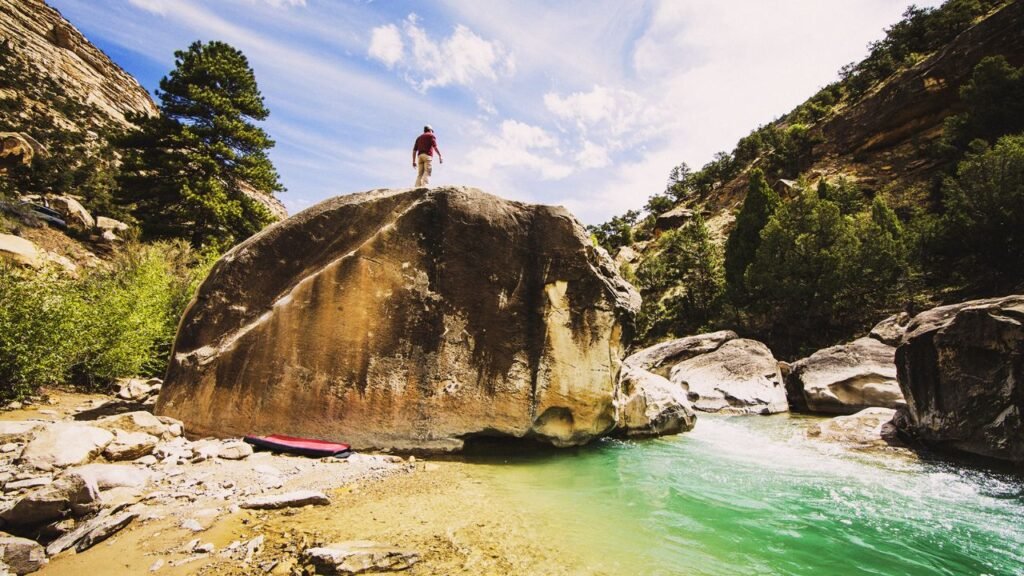
Joe’s Valley is the desert paradise for boulderers. Sandstone here is kinder to your fingers than some UK grit, and you’ll find everything from slabby tech to big power moves. Flat landings, easy access, and no long walks to start your session.
The camping’s as casual as you like – BLM land or the paid reservoir spot. Cup of Joe’s coffee and doughnuts from Food Ranch have saved many a cold morning. I once turned up in spring, expecting heat, and got snow. Lesson learned: always check the forecast before you go.
Hueco Tanks, Texas
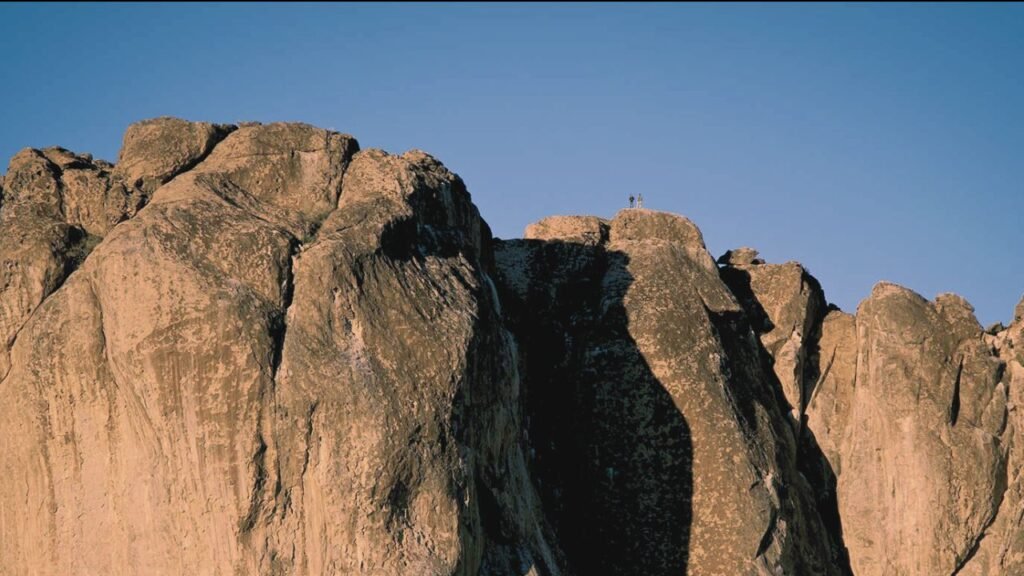
You can’t skip Hueco Tanks if you talk about the best places to go camping and outdoor bouldering. This is one of the icons in the US, packed with classic climbs. Expect desert heat in the day and cold at night.
Climbers tend to camp at the park or just outside. If you want legendary climbs and a strong community feel, Hueco is the ticket. Do sort your permits and access before you turn up – Hueco’s famous for its strict rules.
Joshua Tree, California
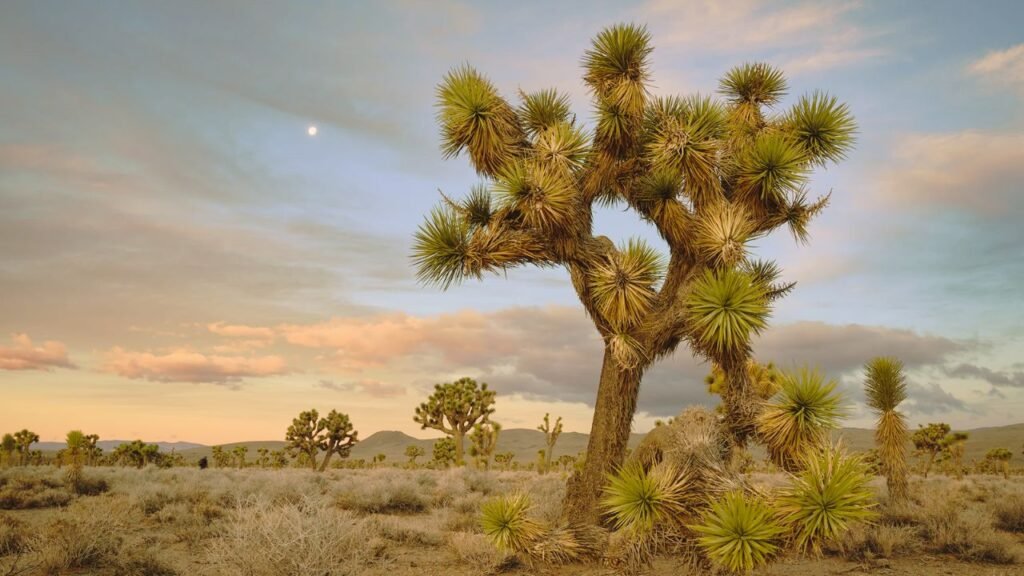
Joshua Tree is where you combine desert camping and surreal granite boulders. There’s a real sense of space here – morning light on boulders that look like they fell from the sky. The climbing is technical and rewards careful footwork. Multiple campgrounds put you close to the problems, but be warned: desert nights can get cold, even if the days fry you.
Rumbling Bald, North Carolina
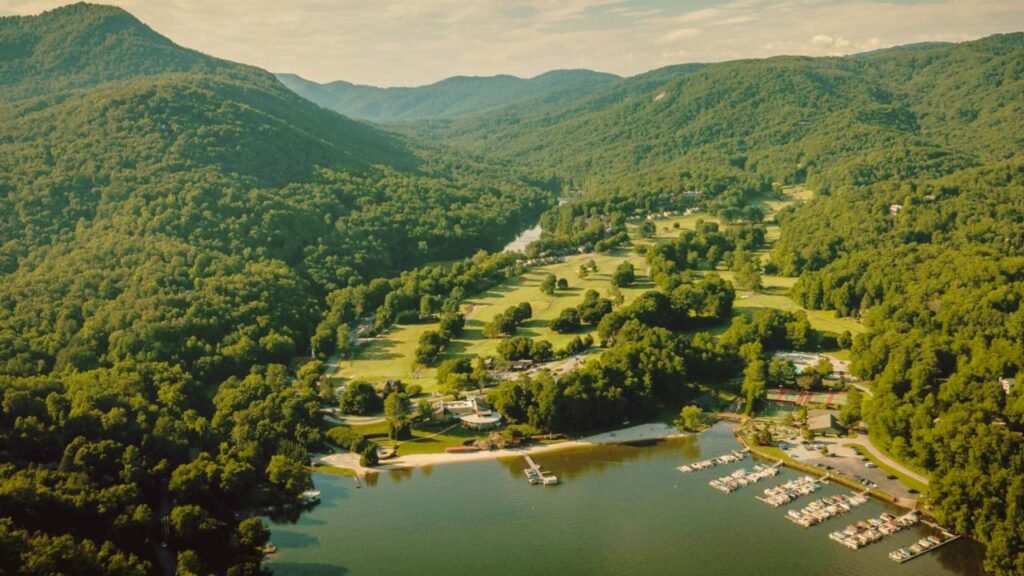
If you want a taste of east coast bouldering, Rumbling Bald is for you. Tucked away in a forest, these southern Appalachian rocks offer a different style – grippy, juggy, and shaded. I learned to never underestimate the local microclimate here. Mist rolls in, and the friction can change in minutes. Camp nearby to catch those perfect windows of dry rock.
Moe’s Valley, Utah
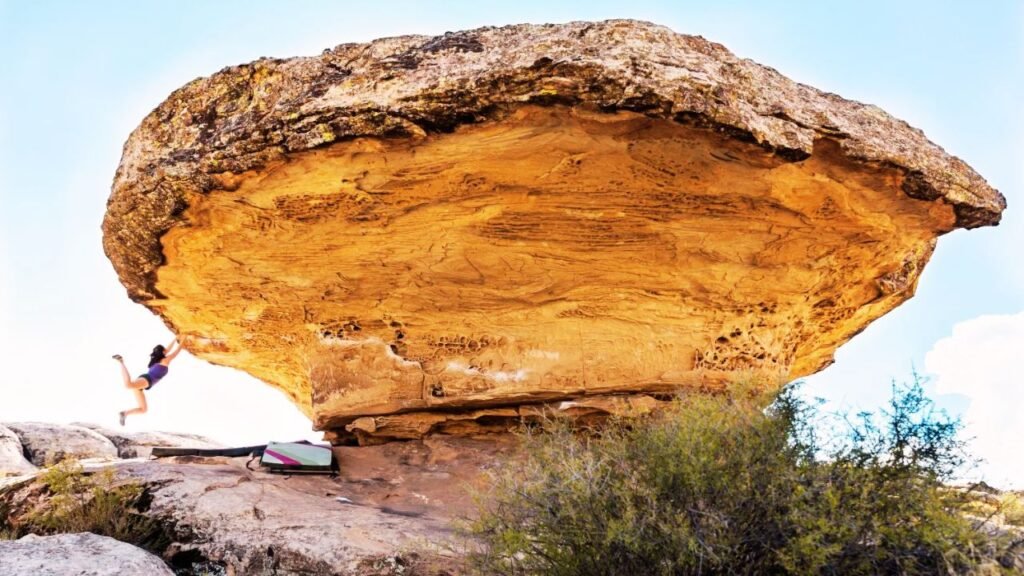
Moe’s Valley sits in the desert near St. George – great views, wild sandstone lines, and ideal winter conditions. If you hate climbing in the heat, come here when most other crags are snowed in. You’ll find mellow camping on BLM land. Keep an eye out for flash floods if it does rain—trust me, desert dirt turns nasty fast.
Classic UK Sites for Camping and Outdoor Bouldering
Now, let’s talk closer to home. The UK’s smaller scale means fewer epic “park and play” spots, but we make up for it in grit and scenery. If you pick your sites and plan around the weather, it’s just as rewarding – sometimes more so.
Cator Hill View Campsite & Bonehill Rocks, Dartmoor
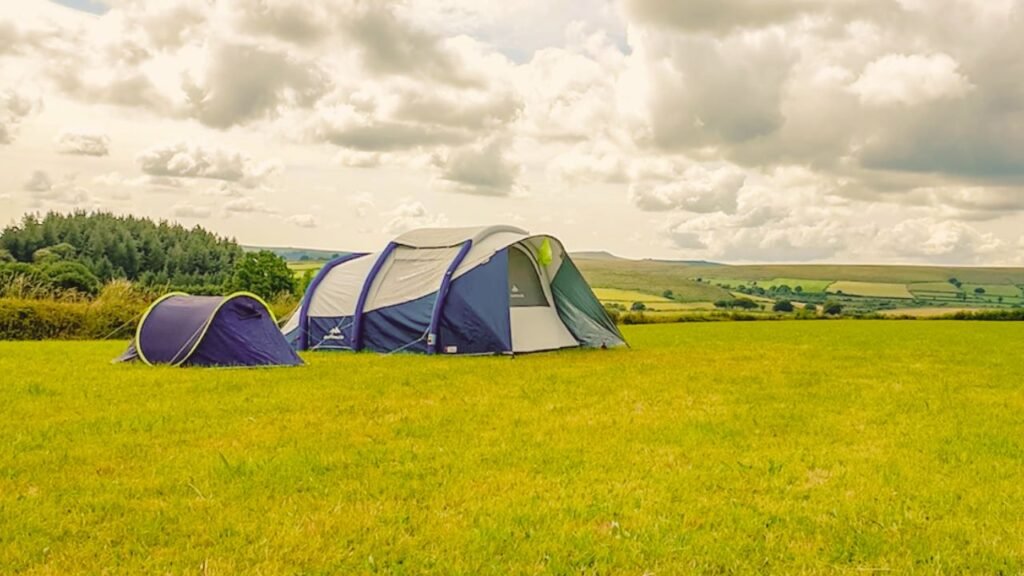
You don’t need to hop on a ferry to Fontainbleau to get your granite fix – Bonehill Rocks in Dartmoor delivers the goods a lot closer to home. Just a stone’s throw from the Cator Hill View Campsite, this area is a dream for boulderers who love big skies, rough granite, and a touch of wilderness. The climbs range from easy warm-ups to problems that’ll test your skin and your patience, making it great for all levels.
The campsite itself is basic, peaceful, and brilliantly located – you can literally walk to the crag in five minutes. That means more time climbing and less time loading up the car. But be warned: Dartmoor doesn’t mess about with its weather. Pack your waterproofs, stake your tent down properly, and keep an eye on the wind.
I once watched my flysheet take off like a kite mid-session and had to chase it across the moor in full harness – learn from my mistakes. Still, with the crag that close and views to match, it’s well worth it.
Bosigran, Cornwall
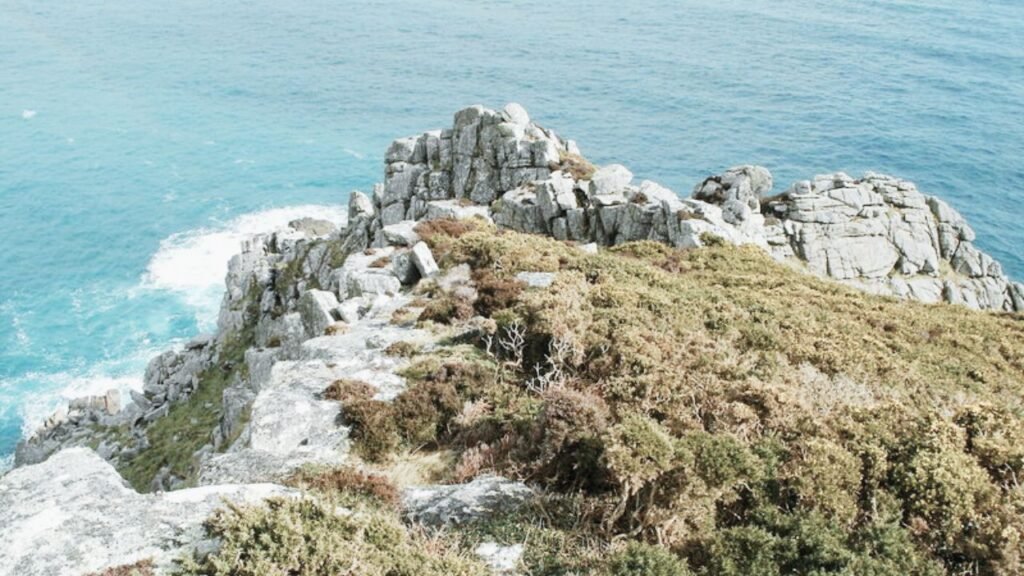
Think Cornwall’s just about surfboards and cream teas? Think again. Bosigran dishes out some of the best granite bouldering and trad in the UK – wild, windswept, and straight-up spectacular. The rock’s rough with good friction, and the views? All Atlantic, all drama. You’ll feel like a speck on the edge of the world.
There are a few low-key campsites dotted nearby, giving you easy access to the crags without needing to drive far. That means more time on rock and less time stuck in Cornish lanes. But be warned – the weather changes quicker than a tide chart. Pack your pegs, bring extra guy lines, and maybe don’t leave anything loose. Classic Bosigran. Rugged, raw, and totally unforgettable.
Saint Bees Head, Cumbria
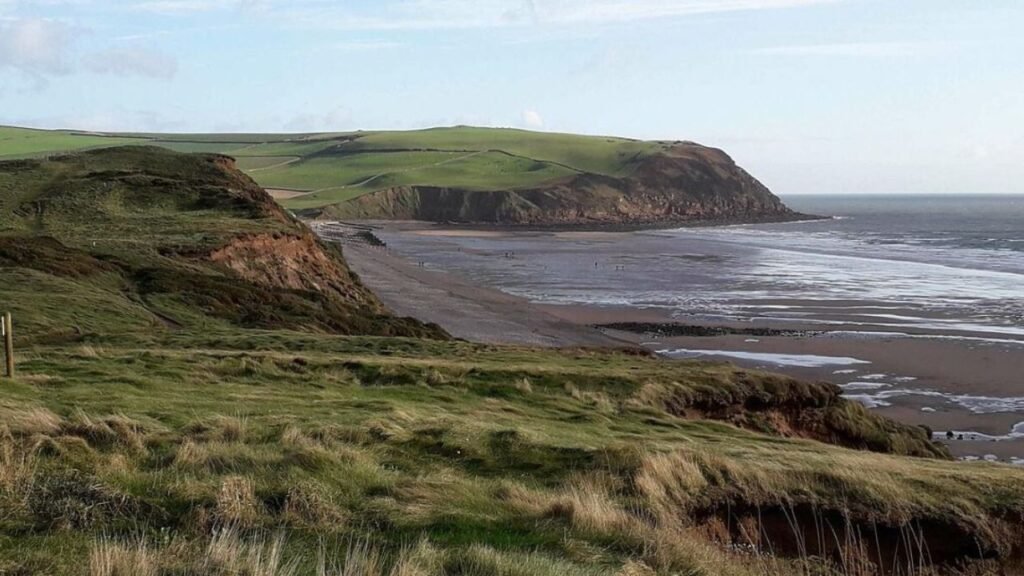
Saint Bees Head is perfect if you fancy dramatic sea views with your bouldering. The sandstone is kind, but salt spray and rain make conditions variable. There are several campsites within striking distance. Beware the midges in summer – nothing ruins an evening like forgetting your bug spray.
Snowdonia National Park
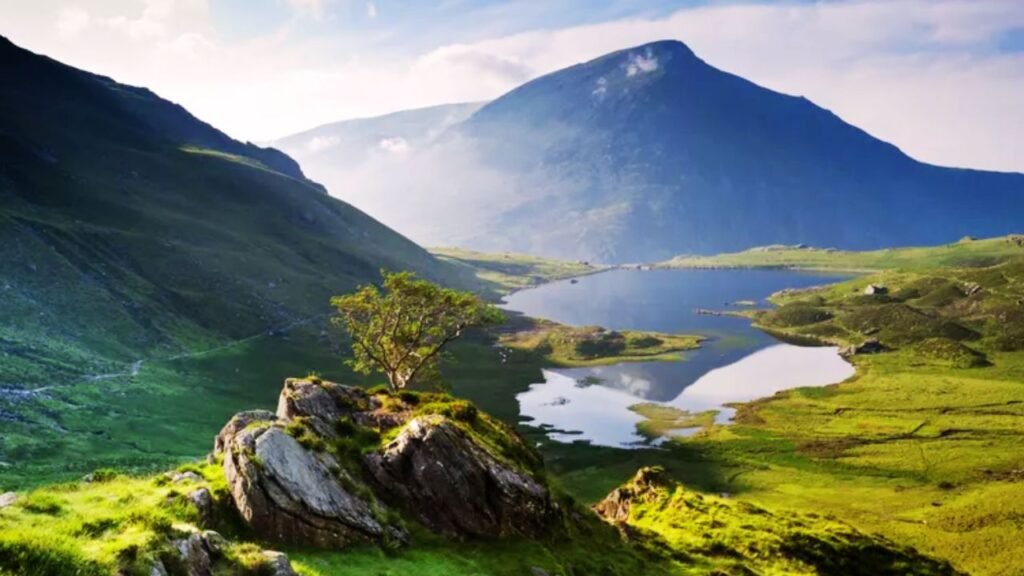
If you want bouldering variety and serious scenery, Snowdonia delivers. Whether it’s the sloping classics at Sheeps Pen, the techy problems at Utopia, or the iconic lines at Wavelength, this place is a boulderer’s dream. Throw in dramatic mountain backdrops and misty valleys, and you’ve got a setting that feels straight out of a fantasy novel.
There’s no shortage of campsites nearby – from bare-bones farmer’s fields to hot-shower hideaways – but don’t mess about with cheap gear here. Nights get properly cold, even in summer. I learned the hard way after spending one miserable night shivering in a discount sleeping bag. Trust me: bring an insulated mat, a solid bag, and a backup hot water bottle. This is Wales – it’ll test your gear and your grit.
Picking Tents for Rock Climbing Trips: What Actually Matters
Forget the palatial six-person tents you see on adverts – bigger isn’t better when it comes to climbing trips. The sweet spot is something that pitches fast, holds its own in wind, and dries quickly after a downpour. If you’re camping close to the car, go for a lightweight two or three-person tent with strong poles and a full rainfly that hugs the ground.
You’ll want side entry for easy access – because crawling over your mate with muddy shoes is a recipe for silent treatment. A porch is essential in the UK for keeping your soggy gear out of your sleeping area. And yes, always pack extra tent pegs – you will bend or lose a few on stony British pitches. Trust me, Dartmoor doesn’t forgive cheap kit.
When to Go for the Best Climbing and Camping
If you’re waiting for a “perfect” weekend in the UK, good luck. Spring and early autumn tend to offer the best balance – cooler temps for better friction and quieter campsites before the summer crowds (and midges) roll in. Summer can still work if you’re flexible with timing and ready for sudden rain.
In the US, desert classics like Joshua Tree or Joe’s Valley shine from autumn through spring – summer there is melt-your-shoes hot. Mountain spots like RMNP or Yosemite are best tackled in summer, but pack for cold nights. Wherever you're heading, the rule is simple: layers, always. The weather doesn’t read forecasts.
Smart Planning for Your Camp-Climbing Trip
The best trips start before you even leave the house. Grab a reliable guidebook (digital’s fine until your phone dies), double-check permit rules, and plan for bad weather even if the skies look friendly. Pad wise? Two minimum, especially if you like topping out tall problems or your landing looks like a rock garden.
Oh – and Leave No Trace is more than a sticker on your Nalgene. That crisp packet you thought you stuffed away? It’ll be halfway up a tree by morning if you don’t bin it properly. And don’t be afraid to chat with locals or campsite neighbours – they’re often your best source for current beta, dry routes, and the nearest pub with Wi-Fi.
Final Note
Combining camping with bouldering turns a normal trip into a mini adventure. You’ll climb more, waste less time in traffic, and get those sunrise sessions you only see on social media. There’s nothing better than swapping stories by your tent after a day on the rock, unless it’s brewing a cuppa while someone else fires up their portable grill nearby.
You don’t need fancy gear or a badge to get started. Pick a spot, pack a solid tent and pad, check the weather, and just go. Trust me, once you’ve camped beside your favourite boulders, you’ll never want to stay in a dull B&B again. The best places to go camping and outdoor bouldering are waiting. Don’t miss out.

